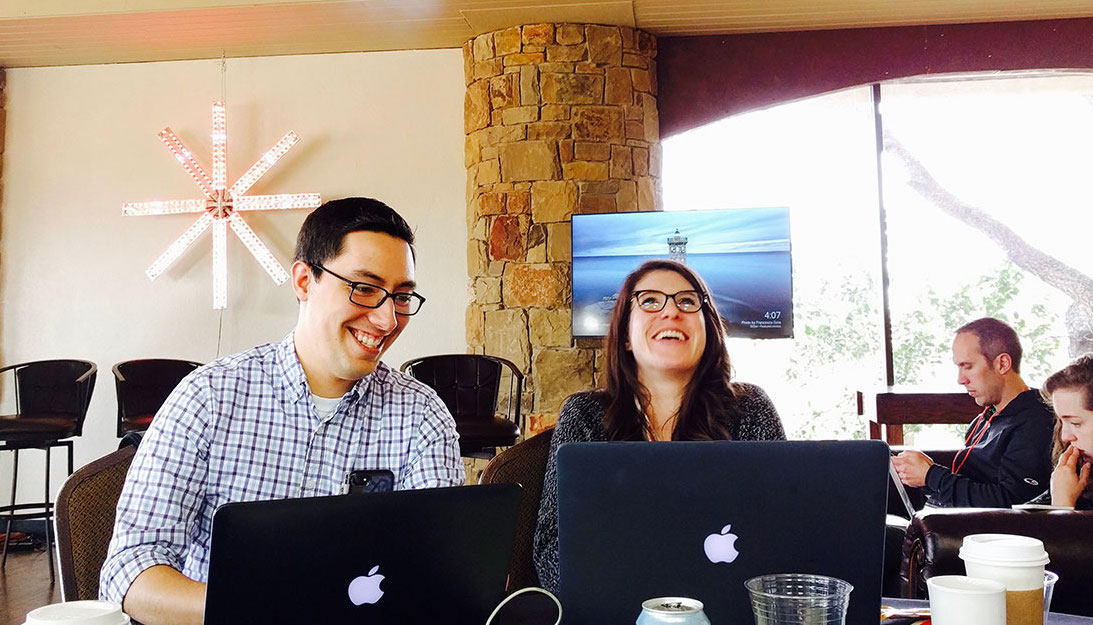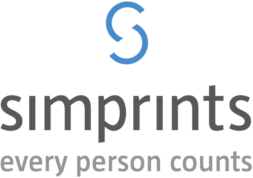
Prioritize feedback and offer training for each employee
Zapier’s focus on feedback is apparent as soon as employees join the company. One of five company values is “Growth through feedback.” As Colin Monaghan, Senior Learning and Development Program Manager, highlights, “we believe in a feedback-rich culture. We train people on how to do this, make sure our leaders are modeling best practices, and provide opportunities for practice. For example, our CEO takes time out of his week to lead feedback training for all our new hires.”
Feedback is not limited to managers and their reports. Zapier encourages employees to offer feedback across the organization so that everyone is invested in helping others to achieve their personal goals and ambitions. This approach demonstrates to all employees that feedback is a company priority and a value that is lived at all levels of the organization.

Colin Monaghan
Senior Learning and Development Program Manager
Provide context in asynchronous feedback
Training helps employees to recognize the importance of feedback. But in distributed teams, working across timezones makes it hard to have a dialogue.
Team members might not see feedback until many hours later, so Zapier encourages synchronous conversations where necessary. Colin states that “for simple feedback that doesn’t require a great deal of context, async over Slack is fine. If it’s something more complicated, or you need more info, people usually do this over Zoom video chat.”
To further address the potential lack of shared context, the company encourages employees to have an open discussion rather than a one-way message. Feedback might just be one point of view, and the recipient could have a different perspective to share. As Colin outlines, “there’s always a danger that feedback is coming out of nowhere and lacks context. So it’s not always one-way. We encourage people to say, ‘Hey, I noticed X, what are you seeing?’. This allows for a discussion rather than just a one-way message.”

With our strong commitment to maintaining a positive work culture that supports our employees, we put a lot of importance on 1:1 sessions. We believe that 1:1s provide an opportunity for managers and employees to discuss individual goals, challenges, and career development. This personalized attention can help employees feel valued and supported.
It’s an effective way for us to provide constructive feedback, recognize achievements, clarify expectations, set priorities, address issues and concerns, and ensure that employees understand their role in achieving organizational objectives.
We ensure that employees engage in 1:1 sessions by primarily holding managers accountable for conducting regular 1:1s with their team members. Our Data Team sends out a monthly report on the number of 1:1 sessions per manager. We make sure that our teams prioritize and promote 1:1 meetings as a valuable part of our company culture.
Cut through the (distributed) noise
Like many remote, global companies, Zapier “defaults to transparency” in its internal communication. Early and often, everything from status updates to in-progress work is shared over public channels. This helps the team stay on the same page, but this can lead to distractions with a lot of internal noise.
Employees can opt-out of too much information, instead of having to ask for access to more. And this also applies to feedback. As Colin highlights: “We know that too much sporadic feedback can also be disorienting so we make sure folks know that they are ultimately in charge of how they want to grow and develop.” Employees are expected to accept and understand feedback, as covered in their training. But this doesn’t mean that they can’t say “no” to feedback or are expected to prioritize everything they receive.
This is an ongoing journey for Zapier. As new employees join and the organization grows, these workplace practices and training championed by leadership help to continually reaffirm the value of feedback for employee growth. These practices are supported by a thoughtful implementation of software to facilitate and document those remote feedback conversations.

Jenny Bloom
Chief Financial Officer







